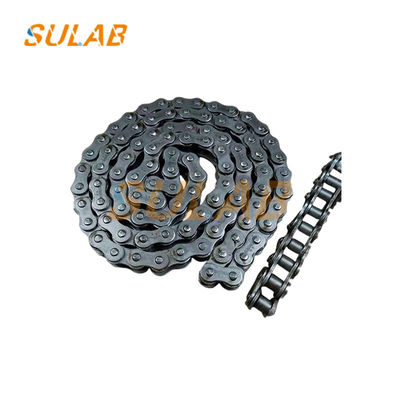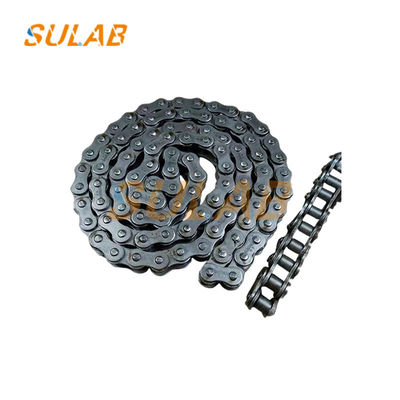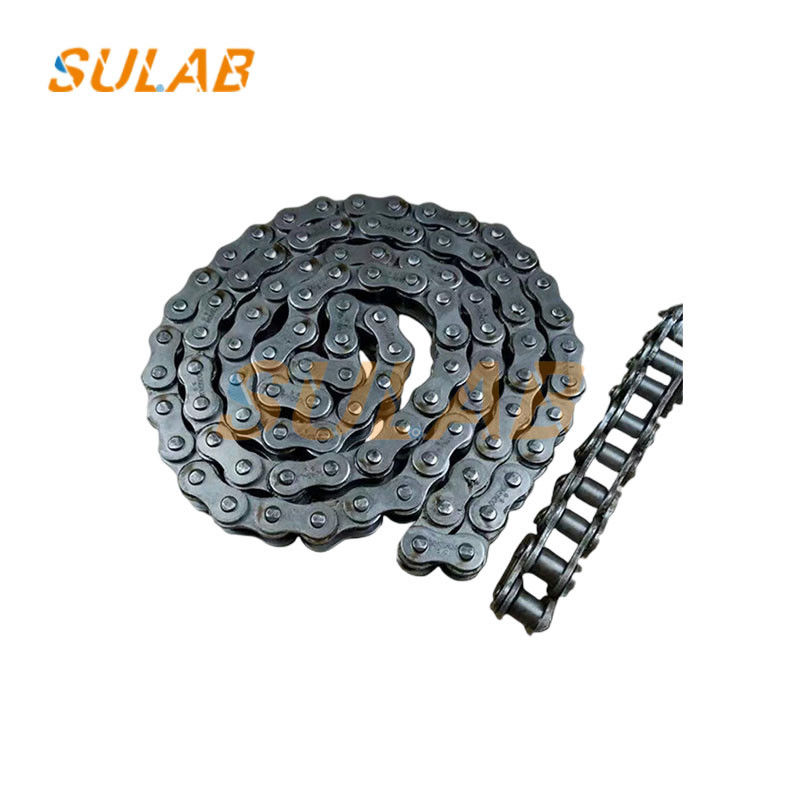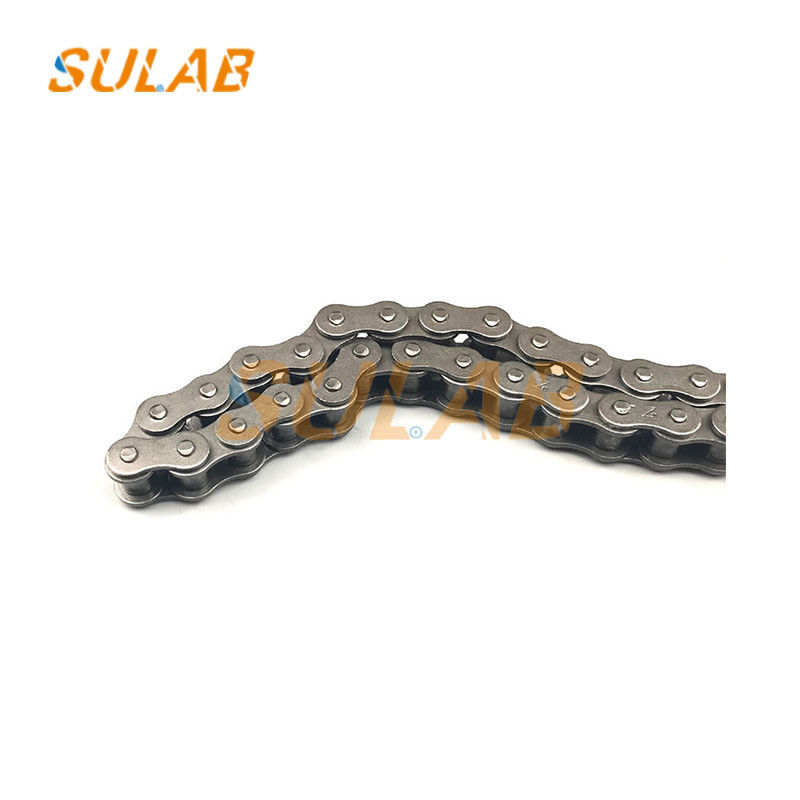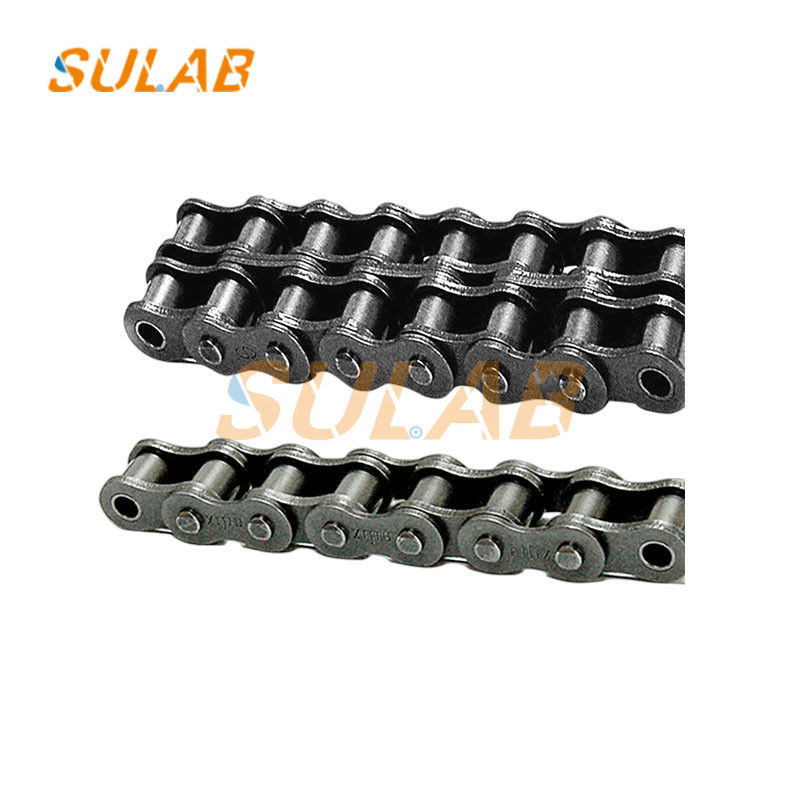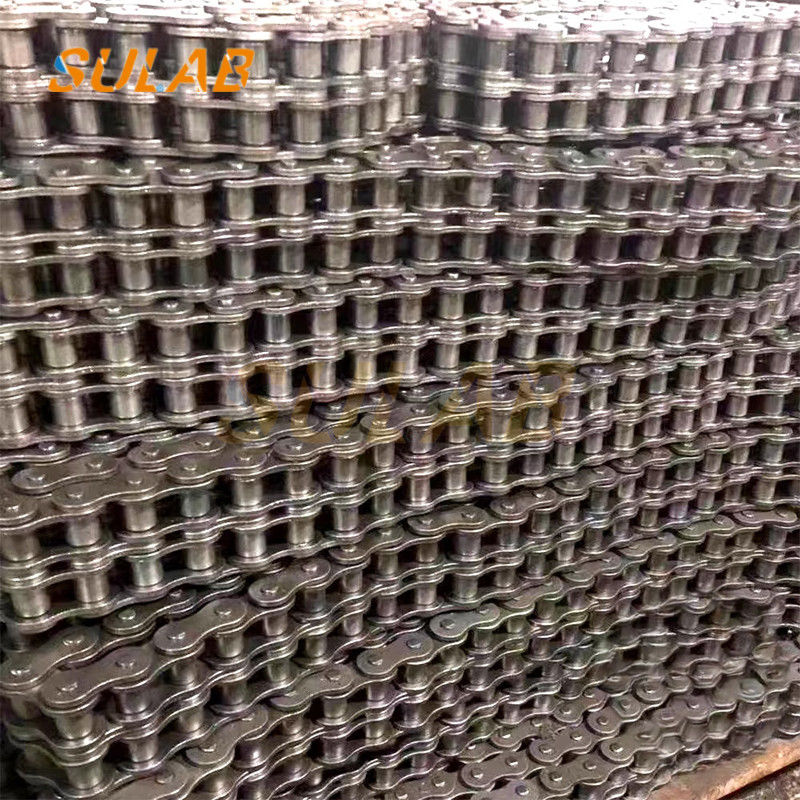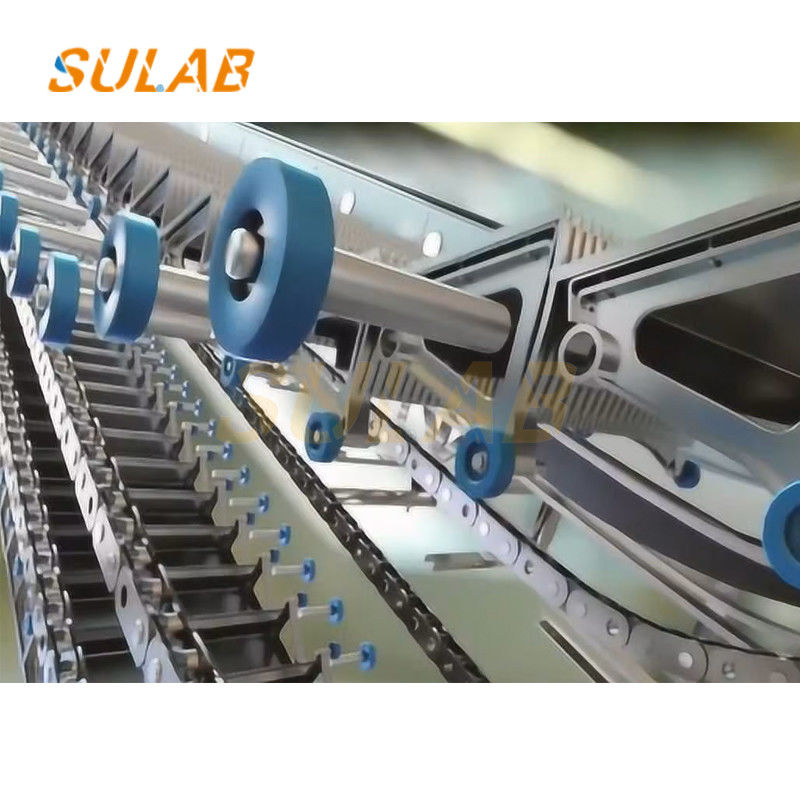Escalator Handrail Drive Chain Mainframe Drive Chain Single Row Double Row 08/10/12/16/20A/B-1/2
An escalator single-row chain is a type of chain used in automatic escalator and moving walkway systems, typically structured as a roller chain. It mainly serves to transmit power, drive the operation of steps or pallets, and achieve the transportation of people.
| Brand |
Sulab |
| Description |
Escalator Single Chain |
| Model |
None |
| MOQ |
1PC |
| Transportion |
TNT, UPS, DHL, Fedex, Air, Sea |
| Applicable |
Escalator |
| Packages |
Carton, Wooden case, Pallet etc |
| Delivery Time |
Normally 2-3 working days after payment |
| Warranty |
One year |
| Payment Method |
Company Bank, Western union, alibaba, Paypal etc |
- Simple Structure: Compared with multi-row chains, single-row chains have a simpler structure, composed of basic components such as inner chain links, outer chain links, pins, bushings, and rollers. This simplicity makes their manufacturing, installation, and maintenance relatively easy.
- Smooth Transmission: Escalator single-row chains can maintain relatively stable transmission during operation. This is because the connection between chain links is tight, and the meshing between rollers and sprockets is smooth, effectively reducing chain jumping and vibration during transmission to ensure the stable operation of the escalator.
- Limited Load Capacity: Single-row chains have relatively low load capacity, generally suitable for escalators with small lifting heights and low passenger flow. For public transport-type escalators with large lifting heights and high passenger flow, multi-row chains or other stronger transmission methods are usually required.
- High Lubrication Requirements: Due to the significant friction and tension endured by single-row chains during operation, they have high requirements for lubrication. Regular lubrication of the chains is necessary to reduce wear and extend their service life.
- Malls and Supermarkets: Escalators in these venues typically have low lifting heights and stable passenger flow. Single-row chains can meet their power transmission and smooth operation requirements, while their simple structure and convenient maintenance can reduce operating costs.
- Office Buildings: Escalators in office buildings have relatively low usage frequency, mainly serving internal personnel for upstairs and downstairs travel. Single-row chains can provide reliable transmission, and their low noise level also helps create a quiet office environment.
- Small Subway Stations or Light Rail Stations: In some small subway stations or light rail stations with moderate passenger flow, the lifting height and usage frequency of escalators are relatively moderate. Escalator single-row chains can be applied as an economical and practical transmission method in these scenarios.
- Installation Key Points: During installation, ensure proper chain tension. Excessive tension will increase wear on chains and sprockets, while too loose tension may cause chain jumping or even derailment. At the same time, ensure the installation accuracy of sprockets to enable good meshing between chains and sprockets and avoid eccentric wear.
- Maintenance and Lubrication: Regularly inspect the wear condition of chains, which can be judged by measuring the elongation of chain links. Generally, when the chain elongation exceeds the specified value, the chain needs to be replaced promptly to ensure the safe operation of the escalator. Additionally, regularly clean the dust and oil stains on the chains to prevent impurities from entering the chain interior and accelerating wear.
